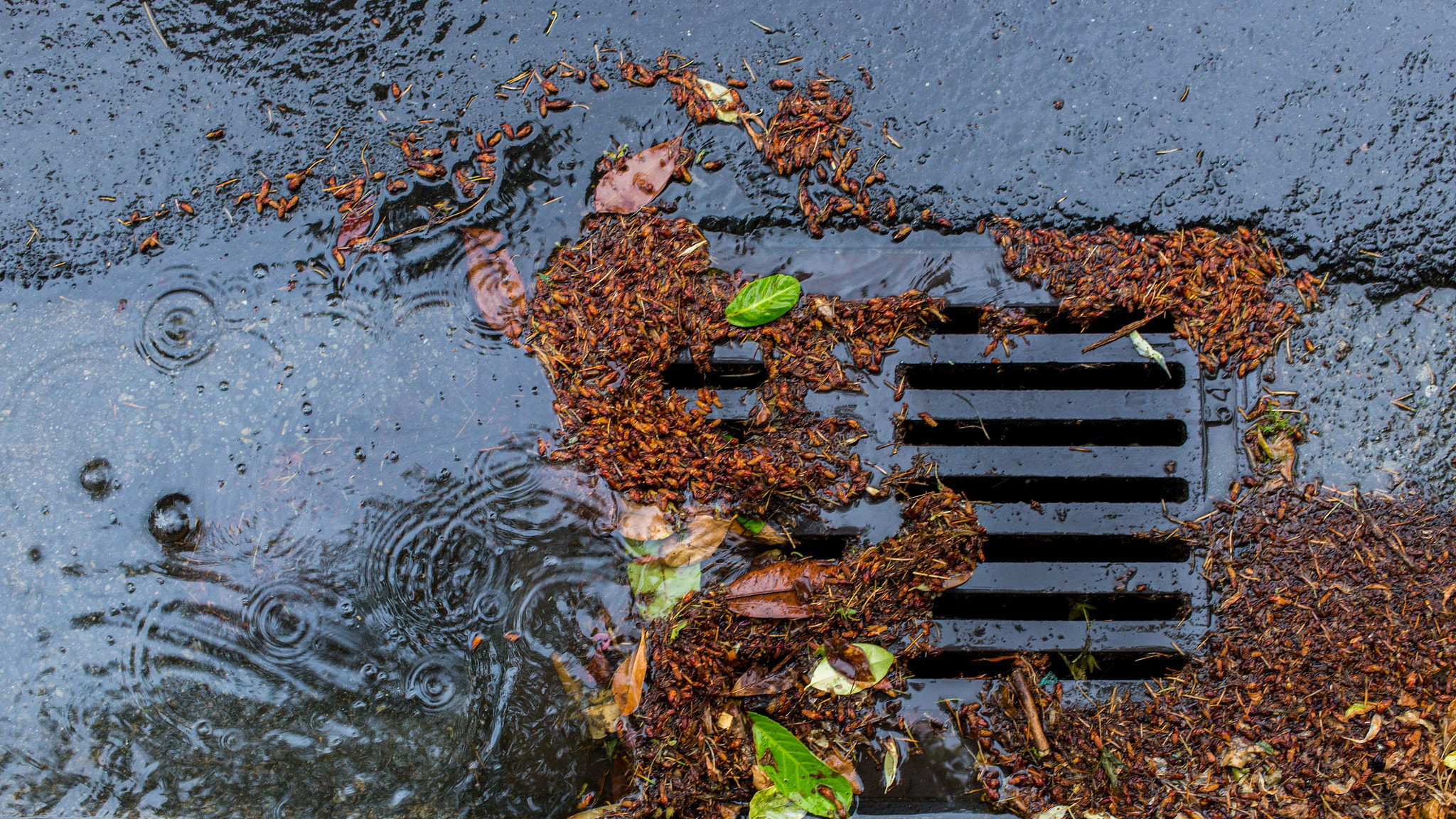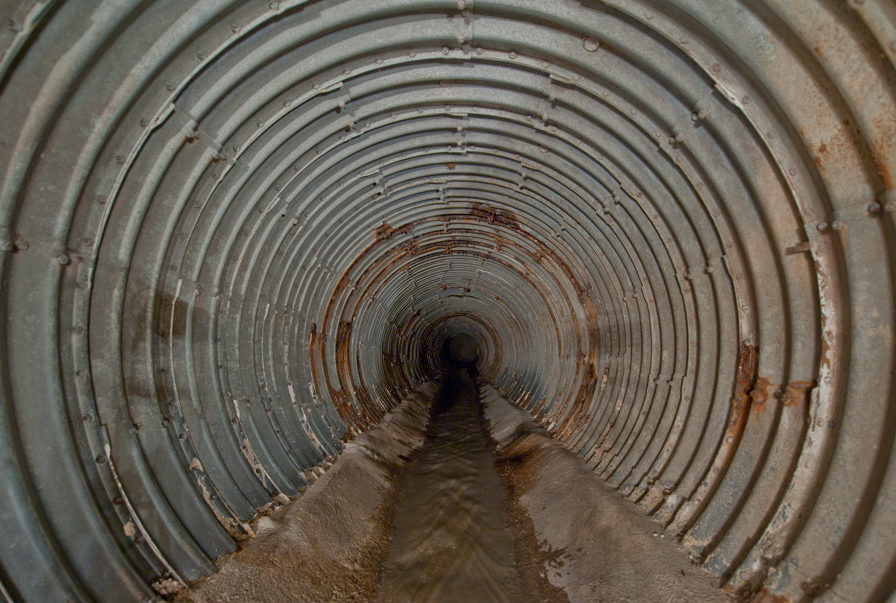Builder & Developer Site Expectations for Stormwater
SPCC Considerations for Construction Site Stormwater Management
When beginning on a construction development project and the site has fuels, oils, and vehicle maintenance fluids on site, there are specific BMPs and regulations that must be followed.
For oil and fuel storage, if there are more than 1320 gallons, you must have a Spill Prevention Control and Countermeasures plan, commonly referred to as an SPCC. The storage also must have secondary containment in the event of a leak or spill. Here are a few major tips:
- Vehicles and equipment with hydraulic lines must have a spill kit and clean-up equipment available.
- Be sure to use drip pans to avoid any spills on the ground.
- In addition, there must be proper disposal and recycling of oils.
- Whenever this is a leak or spill, it should be cleaned up immediately and properly disposed of.
- Never hose the area down as this can cause the pollutants to enter the storm drain system.

Builder and Developer Considerations for Effective Site Stormwater Management
Builders need to be aware that when working on a construction development project, they may be required to fix any BMPs damaged or pay the maintenance fees. And, if any requirements are violated, fines can be assessed.
Track-out Controls
The sediment track-out controls are aimed at minimizing track-out of sediment and dirt from the construction site onto roadways, etc. BMPs to prevent tracking must be in place before earth disturbances begin. Even when sediment track-out controls are in place, you may be required to stay off of dirt unless it is necessary for work.
The most common control is probably the stabilized construction exit, but often the site may need to use a tire wash. Other controls may consist of limiting access and tracking cleanup, which would include sweeping, vacuuming, and shoveling. Just remember – you should never sweep into a stormwater conveyance, or into storm drains and never hose off the pavement.
Streets and gutters must be clean before you leave the site.
Stockpiles
Stockpiles require controls as well. Two things that people often don’t know about the controls around buffers are: 1) they must be outside the natural buffer and 2) they should be separate from other stormwater controls. Here are a few other things that are often required when planning controls for stockpiles:
- Never dump loads on or near perimeter BMP controls.
- Never stockpile materials in or near the street.
- Stockpiles need to be protected from contact with stormwater with temporary perimeter sediment barriers downslope.
- Whenever possible stockpiles should be covered or stabilized.
- If any problems are arising from a stockpile, it needs to be properly cleaned up from the pavement.
- Protect stockpiles from wind by implementing dust control wherever needed.

Washouts/Mixing
One of the most common and required controls on a construction development project is the concrete, paint, and stucco washouts. The following discharges are prohibited: stucco, paint, form release oils, and curing compounds. These can only be washed out and cleaned out in a leak-proof container or leak-proof pit. The washout point must be posted with a sign and the washout container or pit must be cleaned out and properly disposed of when it gets too full and poses the possibility of overrunning. It is generally preferable to separate paint waste, oily waste, and stucco/concrete waste.
A few other good things to know:
- Plastic street liners are required for pump trucks. A flat shovel and broom for sweeping must be available.
- Any sawdust or slurry needs to be swept and cleaned up and deposited in the concrete washout.
- Stucco, brick, and drywall must have a plastic-lined mixing area. Pollutants must be contained in designated areas on the lot.
- Painters must use a washout station or buckets to clean painting equipment and washout waters must be deposited in a washout area or carried back to their yard for disposal.
Waste Management
Waste management pertains to all sites. You need to have a sufficient size and number of containers to handle the waste on the site and need to ensure all construction waste and all blowable trash is contained. Subcontractors must clean up after themselves before they leave the site. Clean up immediately when containers overflow.
Equiment/Vehicle Washing
When washing equipment and vehicles on the construction site, try to minimize the discharge of pollutants from the vehicle and equipment being washed. Always properly store soaps, detergents, and solvents. Never wash vehicles in the street.
Materials Storage
Building materials stored on site should be organized. When possible the materials should be undercover. If materials are exposed to rain and snowmelt, measures need to be taken to prevent pollution. Deliveries of potential pollutants, such as stucco mix, etc., must be left on grade or contained in plastic if on an impervious surface.

